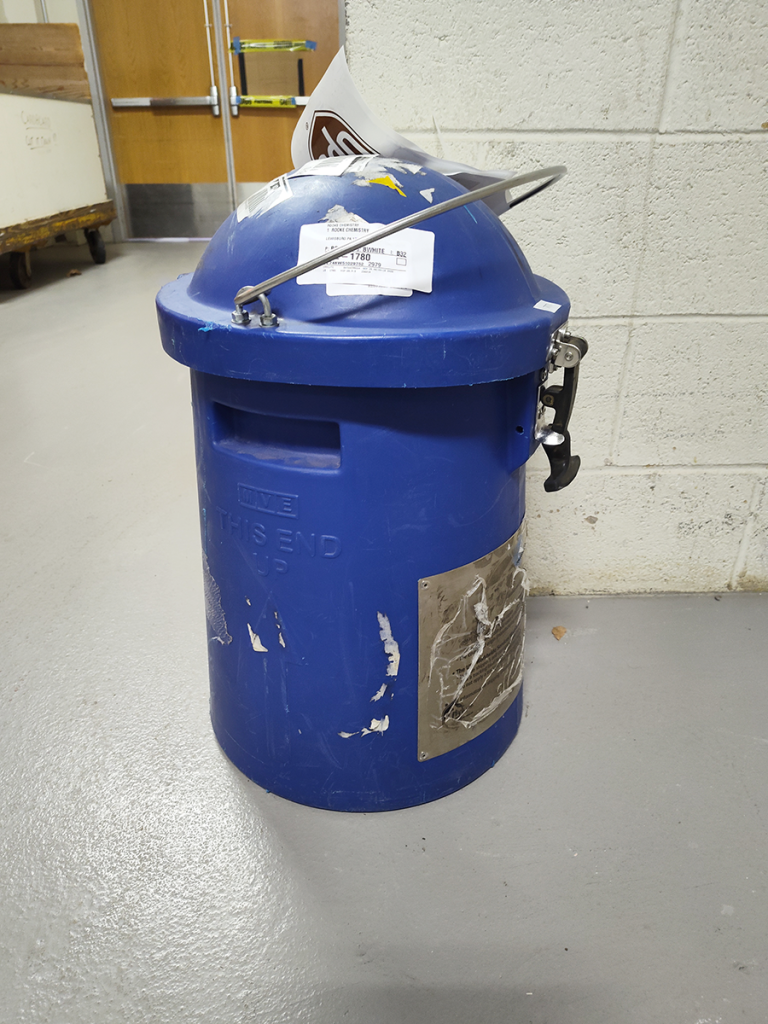
Is that a Dalek in the loading dock, cleverly disguised as tiny TARDIS?
Discoveries in the Physics & Astronomy shop | Science, curiosities, and surprises

Is that a Dalek in the loading dock, cleverly disguised as tiny TARDIS?
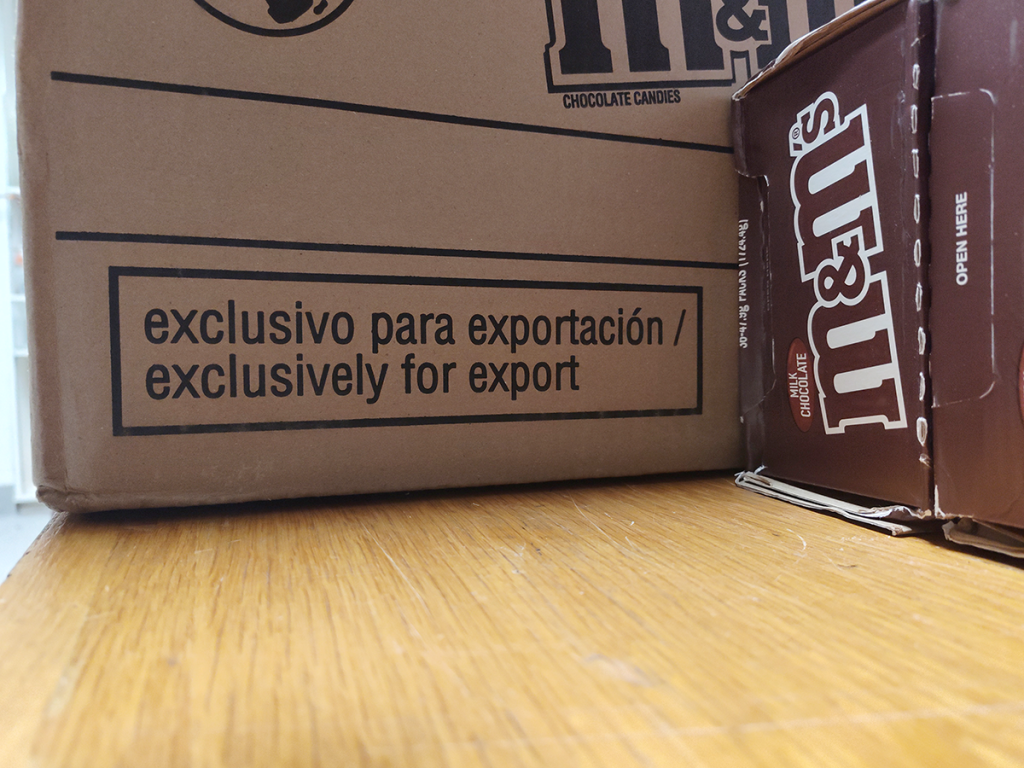
There are many tools for communicating new ideas, including candy. Boxes upon boxes of candy intended for consumption in other countries, apparently.
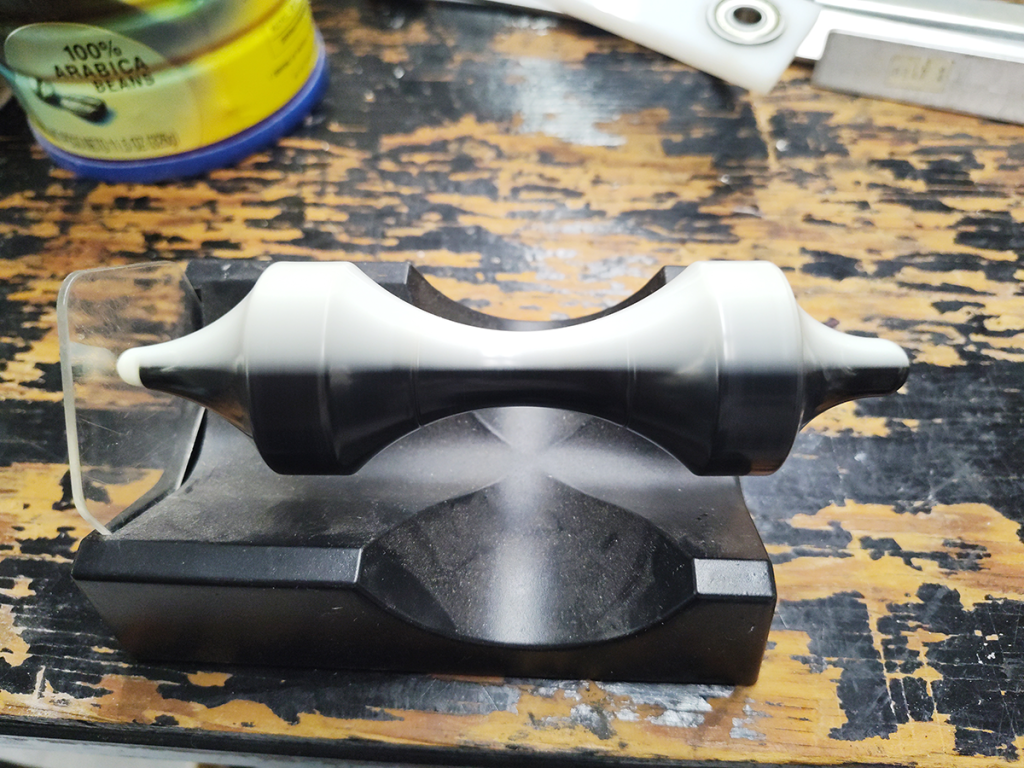
Ah, physics. Where we have an eclectic assortment of desk toys and mostly-useless gimmicky trinkets because their very nature, the quirks of physics they embody, are helpful explainers of scientific principles.
And while their appeal is typically short-lived – how many times before the levitating magnet loses its novelty? – that ooh! factor only needs to work the first time.
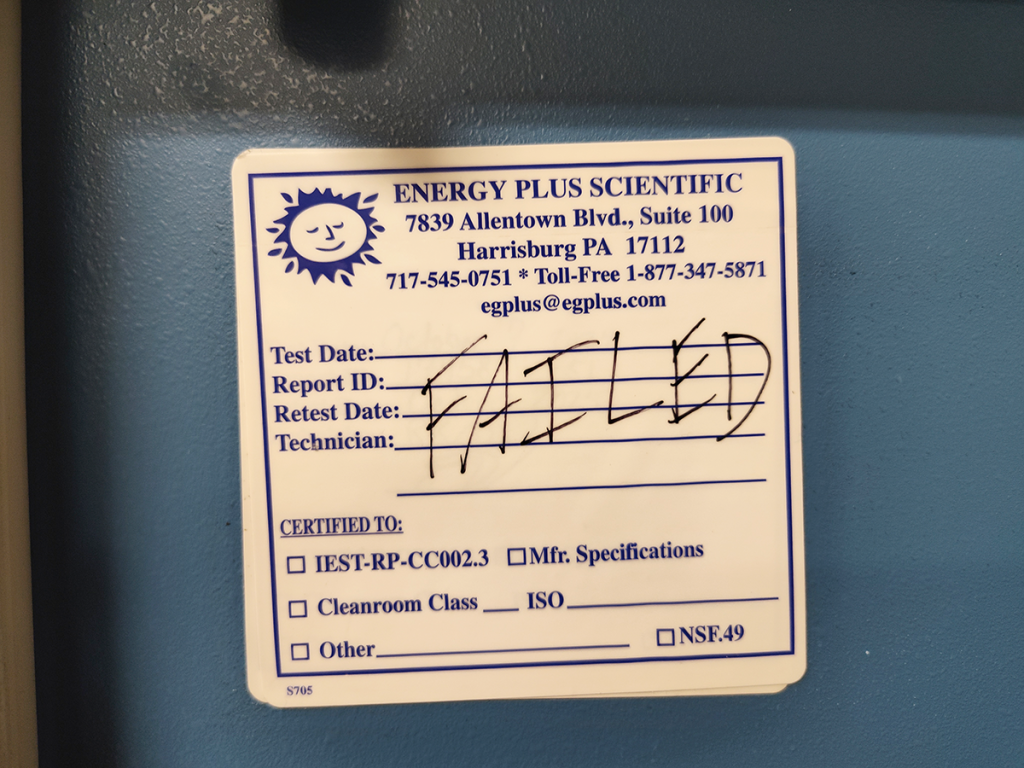
Look, it’s old, doesn’t work, and isn’t worth the cost and effort to repair. We’re assuming, of course, unsure who deposited it in the loading dock, and curious where it – or its constituent parts – is headed next.
At least it’s amusing?
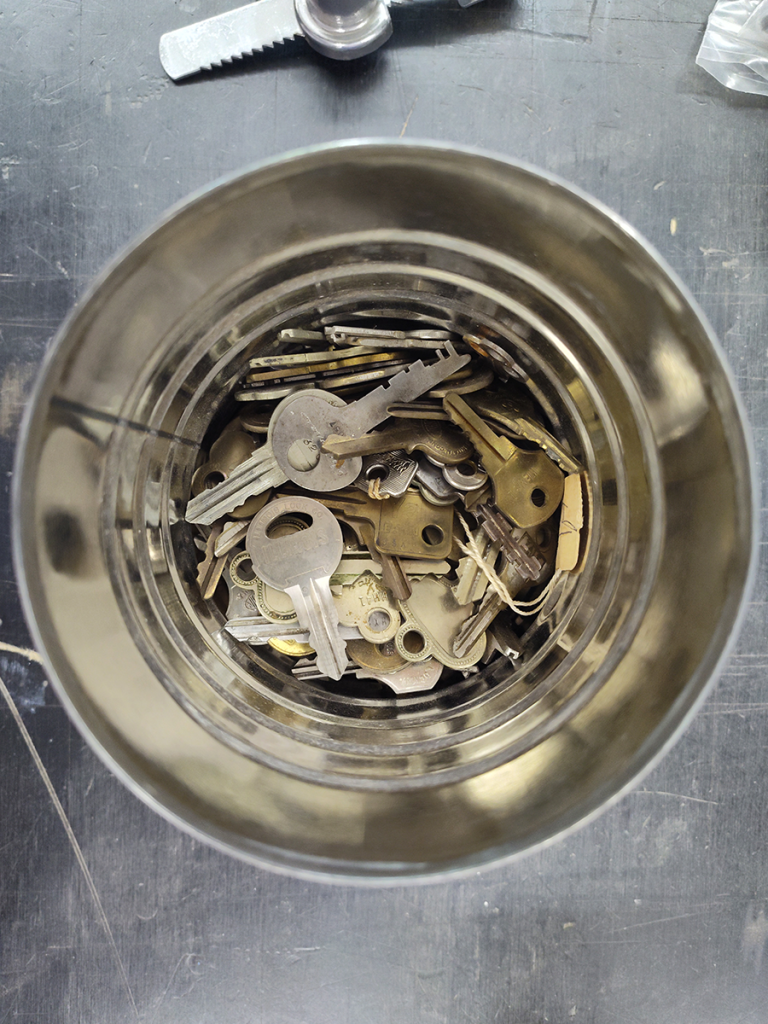
Another coffee can, this one half-filled with old keys, most unlabeled, almost certainly all of them to locks long gone. Not like “bucket of keys” is a prime organizational strategy, so one supposes these can be used for some exciting new arts and crafts project?
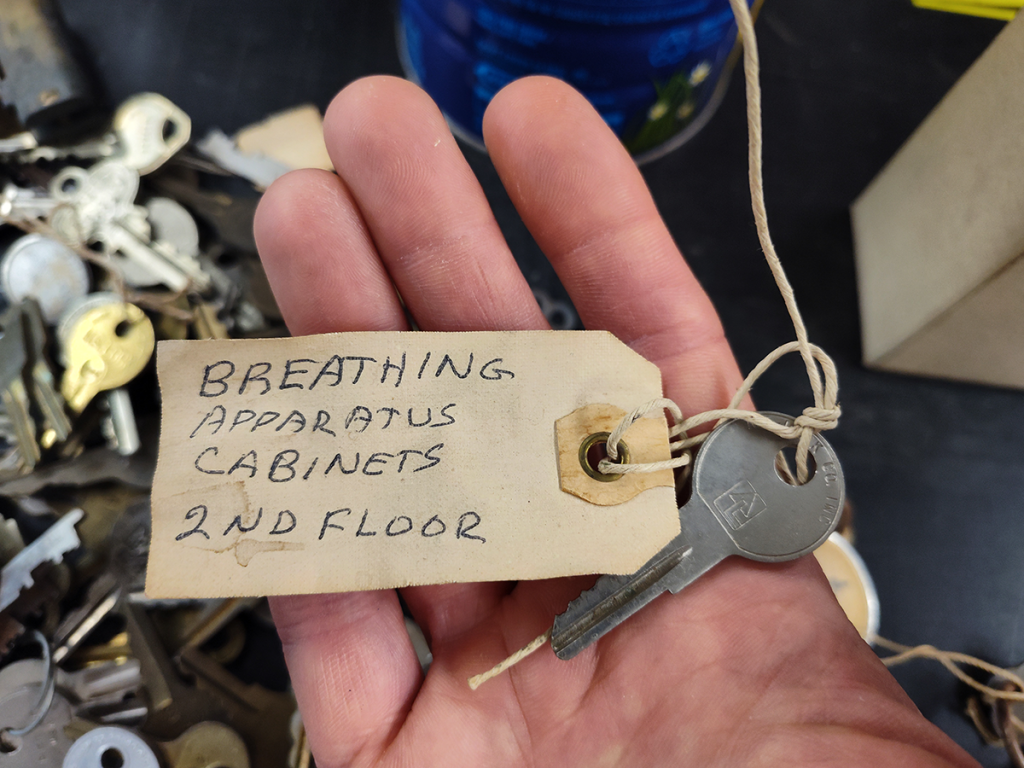
Apparently, at some indeterminate point in time, the second floor held cabinets with a breathing apparatus inside. Respirators? SCBA systems like firefighters use? SCUBA systems like divers use? Pretty confident that those’re long gone.
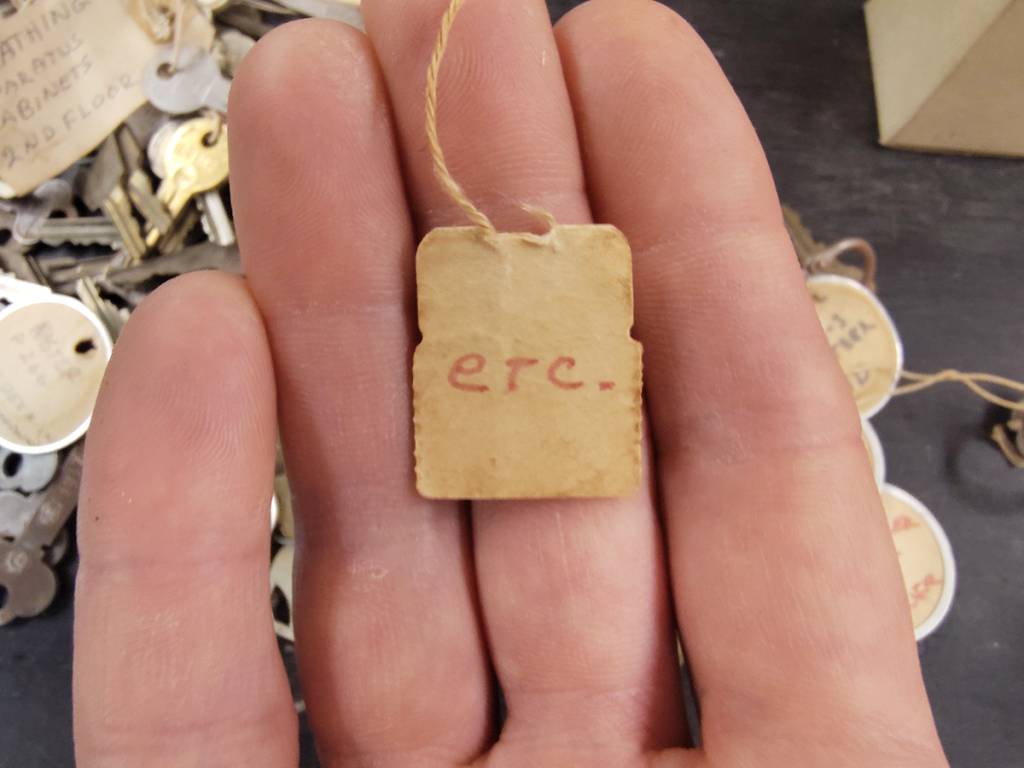
This one has become disconnected from its key, so your guess is as good as ours. What useful information could that possibly offer? Like, even if we knew which key it identified?
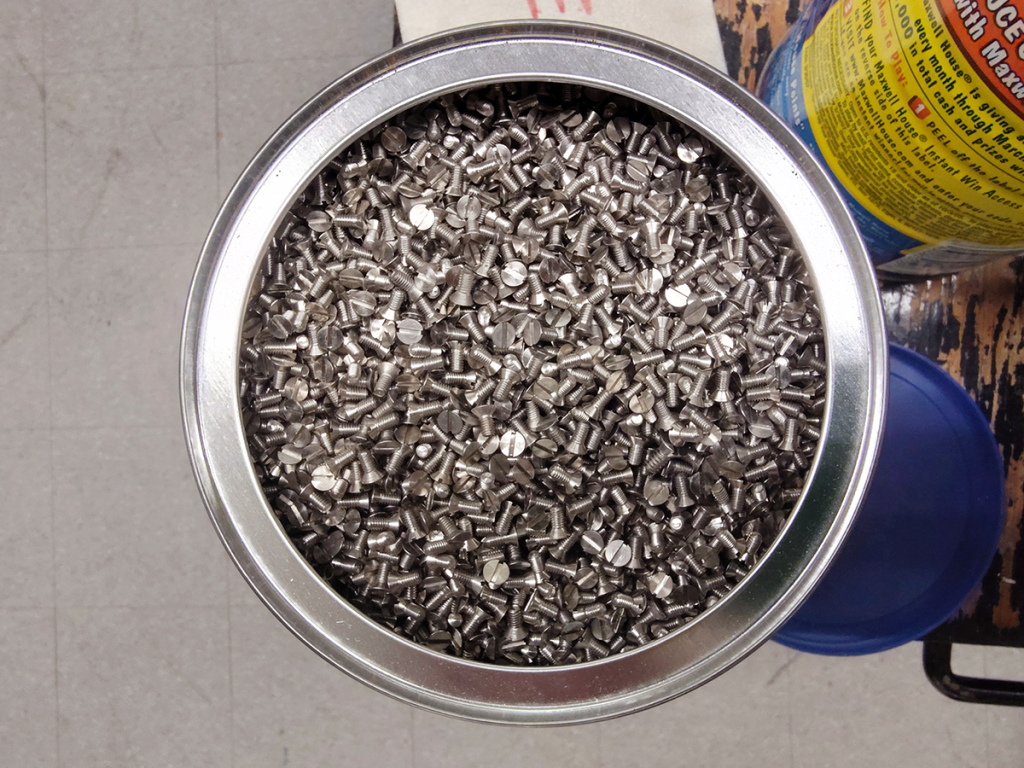
It’s an old coffee can full of tiny screws. The ones on top appear to be #3-56 (fine thread) in stainless steel, though the variety beneath is diverse. All in all, weighing in at approximately 3,063g. Individual screws weigh in – from a coarse sample – between 0.11g and 0.67g each.
Not going to throw them out, but just as unlikely to know when they might ever be put to use. Or how, precisely, we’d expect to find the necessary screws buried in such a mass.
Just, please, don’t drop it on the floor.

Everyone’s coming back to campus, and isn’t that exciting?
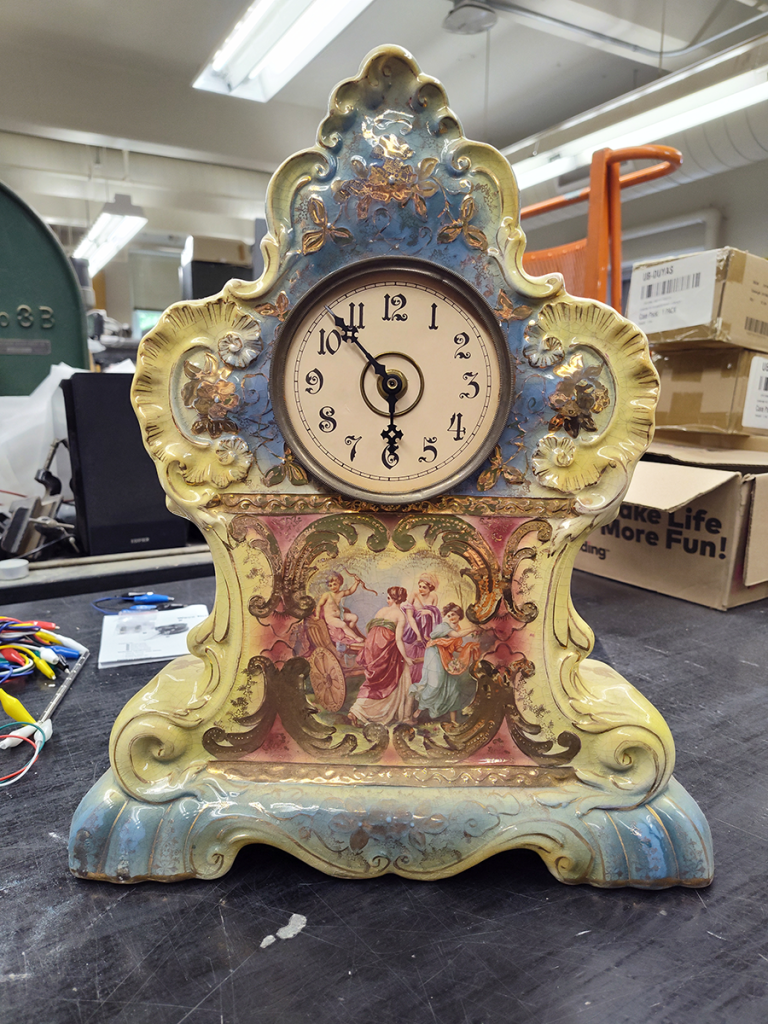
Sometimes you find oddities whose initial and continued existence boggles the mind. This clock was gathering dust atop the bookcases in the student lounge, battery-free and long-forgotten.
Where did it come from? What life did it live before it came to Olin? Who thought enough of it to acquire, but not enough to take with them?
What should we do with it now?
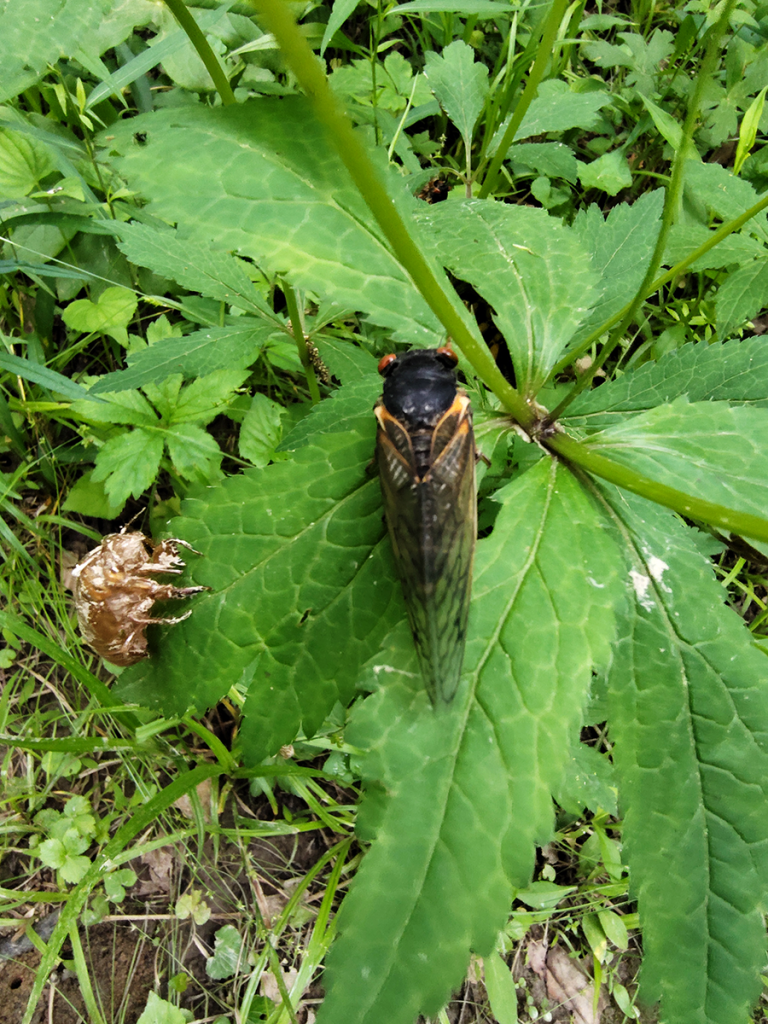
While exploring a potential site for measurement equipment, it’s important to keep an eye on the local wildlife. After a long time underground, those big red eyes are just taking it all in.
Not pictured: all of the other cicadas all over the place. Because where there’s one, there are bound to be many, many more. Brood XIV, maybe?
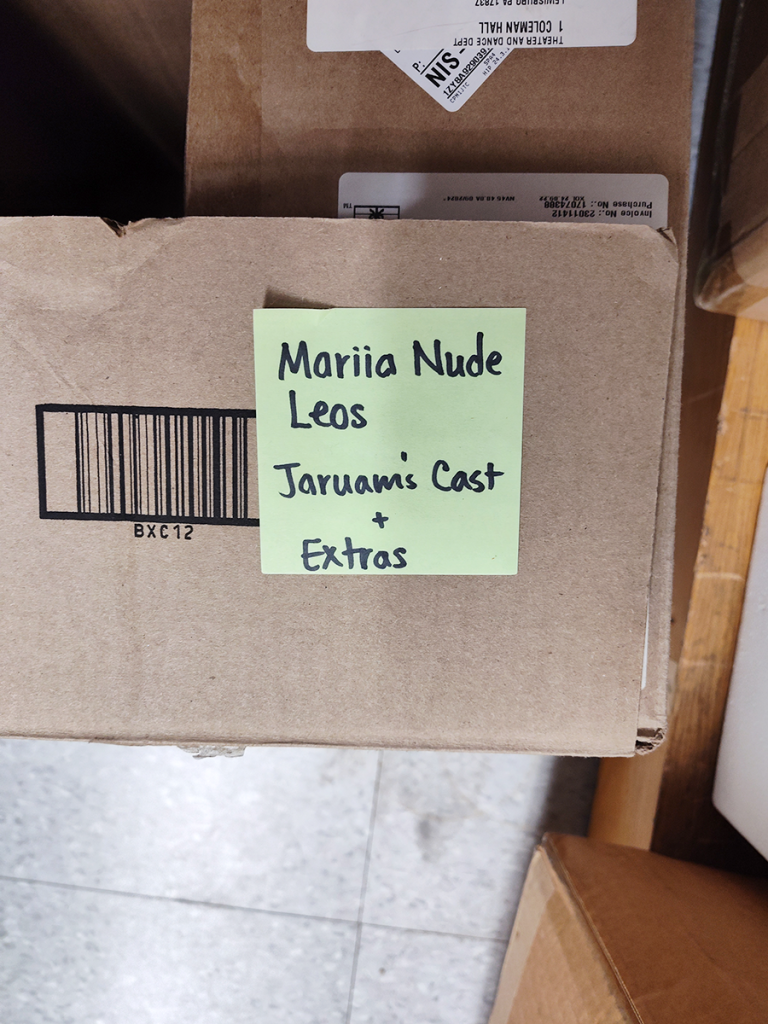
Oh, right. Some days, you might forget that we share one of our storage spaces with the Theater & Dance department.